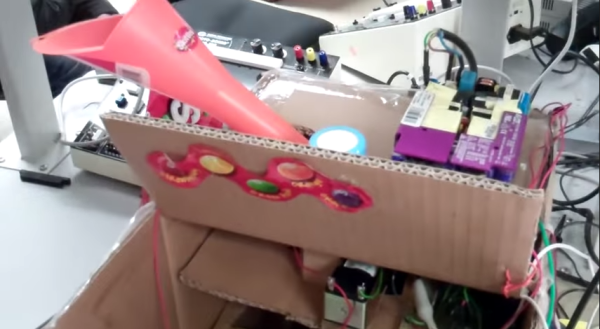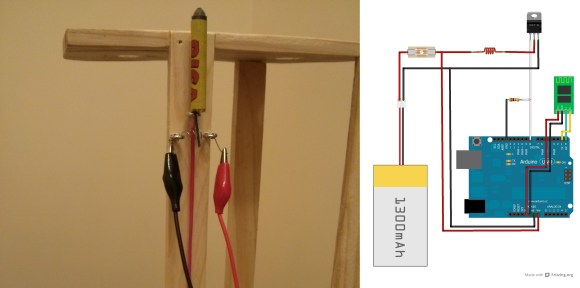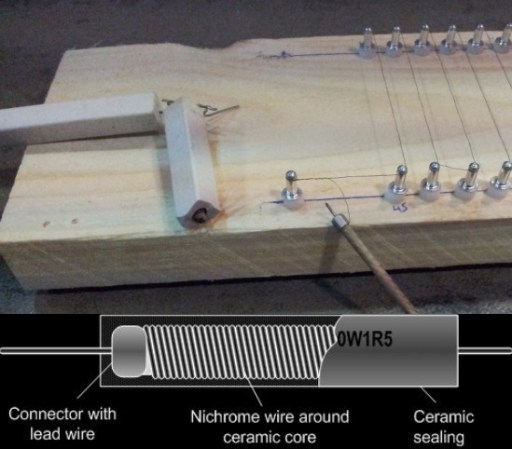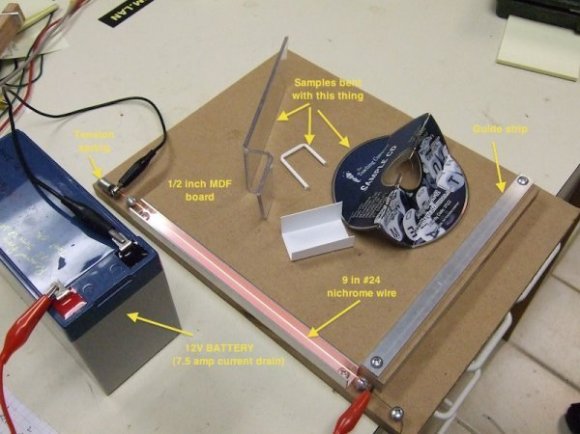If you’ve ever wanted a battery-operated soldering iron and you just can’t stand the thought of buying one, you might check out the video below from [Just5mins]. In it, he takes a candy tube, some scrap materials, a lithium ion battery, a nichrome wire, a USB charger, and a switch and turns it into an apparently practical soldering iron.
Paradoxically, [Just5mins] used a soldering iron to build this one, so it probably can’t be your only soldering iron, although we suppose you could figure something out in a pinch. Maybe in rep-rap style, make a poor quality one with no soldering and use it to solder up the next one.

















